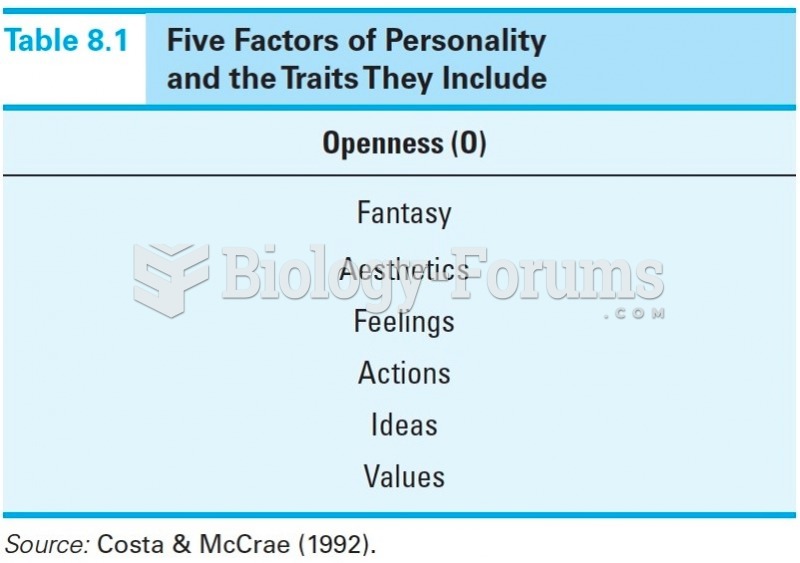This topic contains a solution. Click here to go to the answer
|
|
|
Did you know?
Elderly adults are living longer, and causes of death are shifting. At the same time, autopsy rates are at or near their lowest in history.
Did you know?
Bacteria have flourished on the earth for over three billion years. They were the first life forms on the planet.
Did you know?
Sperm cells are so tiny that 400 to 500 million (400,000,000–500,000,000) of them fit onto 1 tsp.
Did you know?
It is difficult to obtain enough calcium without consuming milk or other dairy foods.
Did you know?
There are more bacteria in your mouth than there are people in the world.
 Percentage of Foreign-Born Whites and Native Whites of Foreign or Mixed Parentage in Total Populatio
Percentage of Foreign-Born Whites and Native Whites of Foreign or Mixed Parentage in Total Populatio
 Many Americans perceive bullfighting as a cruel activity that should be illegal everywhere. To most ...
Many Americans perceive bullfighting as a cruel activity that should be illegal everywhere. To most ...
 Photos of starving children, such as this child in Somalia, haunt Americans and other members of the ...
Photos of starving children, such as this child in Somalia, haunt Americans and other members of the ...




